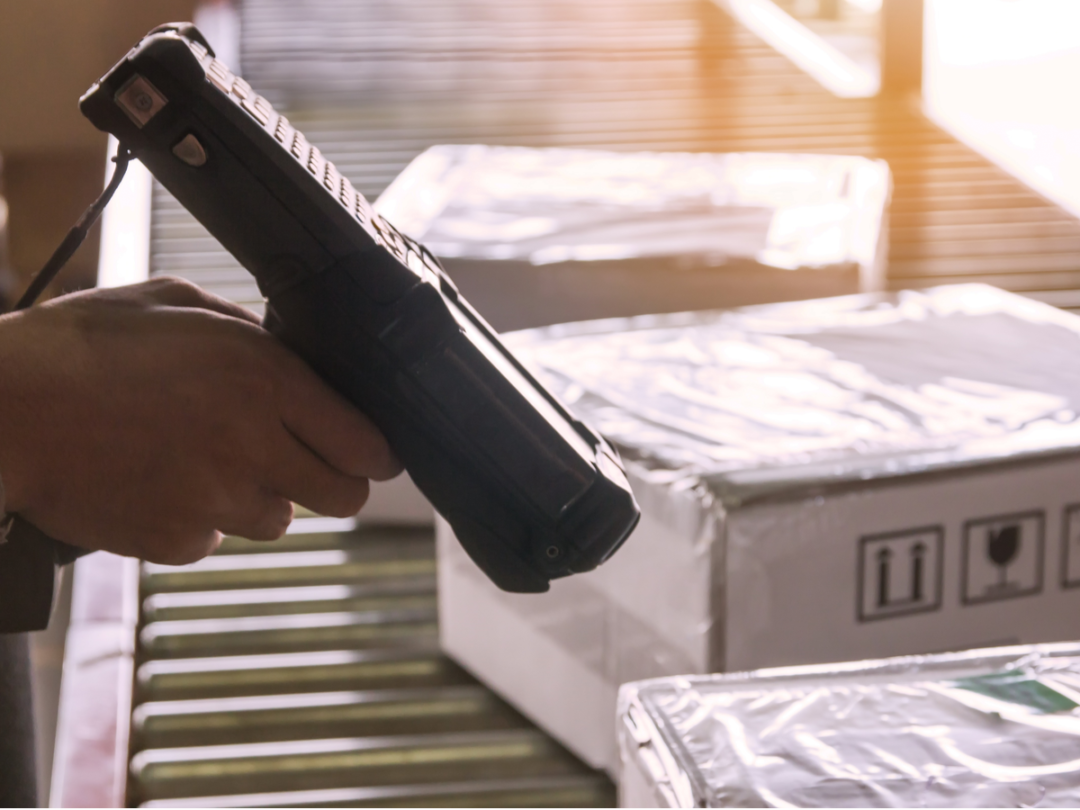
Small and mid-size businesses that expect to compete in today’s fast-evolving e-commerce marketplace need to be nimble when it comes to warehouse and supply-chain operations.
The greater one’s agility, the better the ability to address a plethora of challenges, including sky-high consumer expectations, demanding omnichannel retail strategies, and a severe shortage of qualified labor.
As a result, the pressure is on to rethink warehouse operations, and capitalize on technology to enhance efficiency, boost productivity, speed delivery and lower costs. The explosive growth of e-commerce, which currently accounts for approximately 10 percent of retail sales and is expected to grow to more than 17 percent in the next two years, is having a major impact on decisions regarding the size and location of warehouses. The trend is shifting from huge facilities located near major parcel shippers, to smaller yet taller multi-story operations near major urban areas. The change puts warehouses closer to customers, helps to cut the costs of last-mile delivery, and offers access to a larger pool of workers.
As major strategic assets, warehouses of every size need to be more configurable, adaptive and movable. Determined to get product to customers as fast and cost-effectively as possible, companies are investing in productivity-boosting technologies. Retailers are directing 7 percent of their revenue toward technology and operational improvements, with close to one-third devoted to supply chain operations and other initiatives. In addition, retailers undertaking omnichannel initiatives are putting more than a third of their total mobile device spend into the warehouse and retail shop floor.
Warehouse technology investment includes innovative digital tools such as automation, robotics, artificial intelligence, and the internet of things — not to mention next-generation versions of stalwarts such as warehouse management systems, barcode scanning and RFID, and mobile and stationary label printers.
Because barcode and RFID labels play essential roles throughout virtually every aspect of supply-chain operations, advanced mobile and stationary label printers can help small and medium-size businesses to strengthen their competitive edge. They can:
- Improve supply chain visibility. Accurate labeling is crucial to real-time tracking of pallets, packages and products from manufacturer to warehouse to customer.
- Support manufacturing processes. Warehouse workers can scan shipping labels to record incoming raw materials or inventory parts at the receiving dock, scan the materials and storage location once they’re moved to inventory, and, finally, scan the labels to pick raw materials or parts as needed to fulfill factory floor work orders.
- Reinforce quality assurance and reduce fulfillment errors. In today’s omnichannel era, brick-and-mortar stores as well as online retailers depend on fulfillment houses to send the correct products to their customers. Clear, proper labeling helps ensure that packages contain the correct items, minimizing the risk of misidentified items and supporting quality assurance.
- Streamline warehouse operations. Mobile printers and strategically located stationary printers can save valuable time and ensure accurate labeling at every key supply chain juncture including:
- Receiving — Applying barcode or RFID labels as soon as inbound items arrive ensures they can be accurately unloaded, checked-in, put away or handled by automated applications.
- Picking — Generating barcode or RFID labels for each item picked allows them to be scanned right in the staging or packaging area, then quickly and easily sorted for shipment.
- Packing and shipping — Creating new labels to identify finished goods is a vital task for workers who are kitting, completing light assembly or packaging items. In addition, ship-to-order applications can incorporate customer-specific labeling, scanning to fulfill orders and creating of accurate shipping labels.
- Cross-docking — Already mandatory in some food sectors, cross-docking is also gaining popularity for other time-sensitive merchandise. Mobile printing technology enables warehouse workers to literally jump inside trucks at the in-bound dock and start relabeling for store or customer delivery, increasing the efficiency of the ever-important last-mile delivery.
To optimize the value of your labeling solution, consider these seven criteria:
- Performance. Speed is the name of the game. Mobile and stationary printers need to print a variety of barcode and RFID packaging, shelf, shipping and other identifying labels quickly, clearly and easily. They need to be rugged and durable enough to withstand constant use by multiple workers in environments that are often harsh.
- Affordability. Advanced next-gen printers are more affordable than ever, but they’re not all created equal. To get the most bang for your buck, make sure you compare printer prices and features.
- Integration. Plug-and-play printing solutions are easy to get up and running without a professional IT team. Look for quick-deploy printers that integrate seamlessly with your existing software or include bundled software, and can connect easily with any mobile device.
- Ease of use. Workers need printing solutions that are easy to learn and use without a major investment in training, especially if you depend on seasonal or temporary workers, or face the common challenge of high turnover.
- Reliability. You’re counting on your printers to deliver for the long haul. Make sure they have premier two-year warranties.
- Scalability. Printing solutions need to be flexible and versatile enough to grow with your business.
- Expertise. Select a technology partner as nimble as you are, with extensive experience, deep expertise and a proven track record.
Ravi Panjwani is vice president of marketing, product management and business development with Brother Mobile Solutions Inc.







